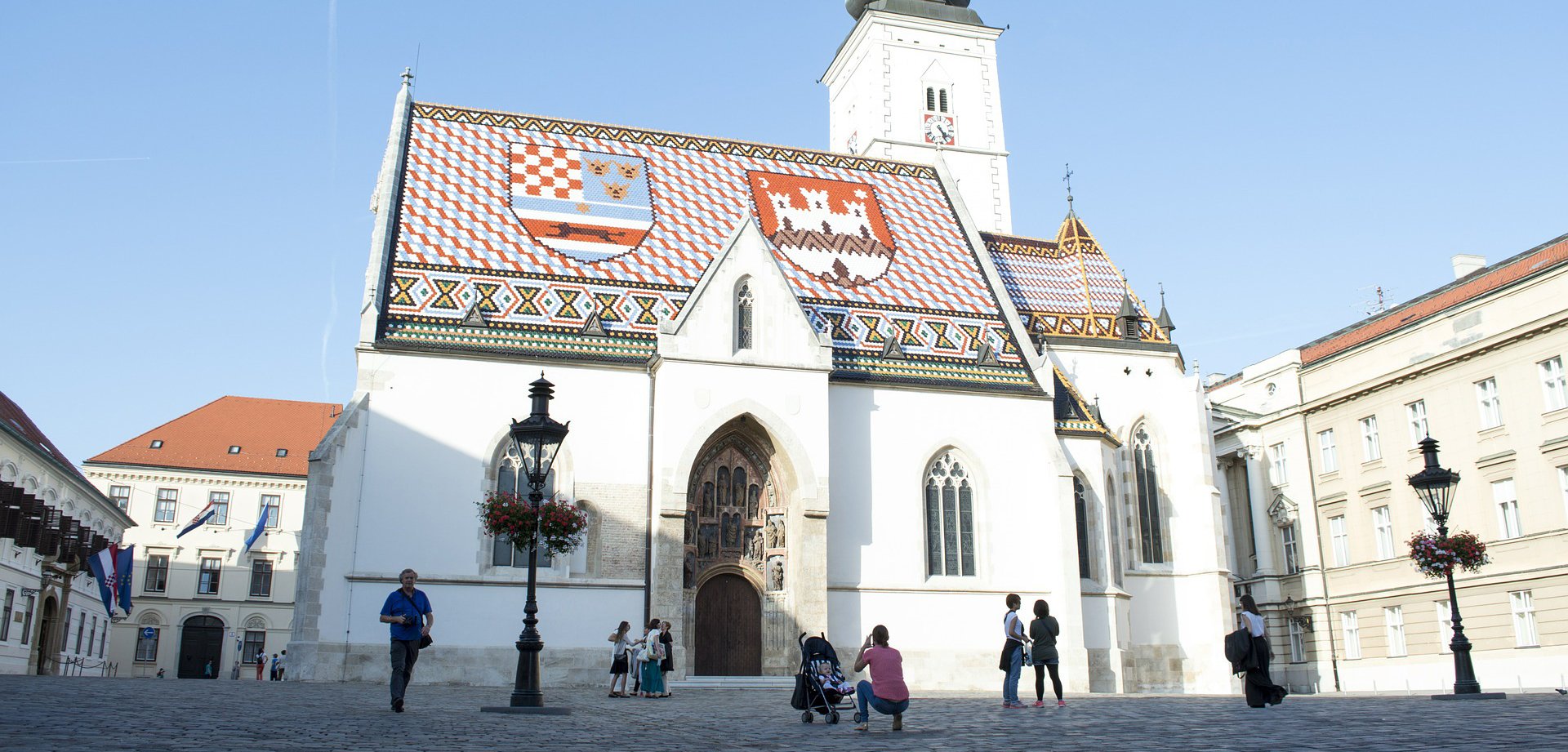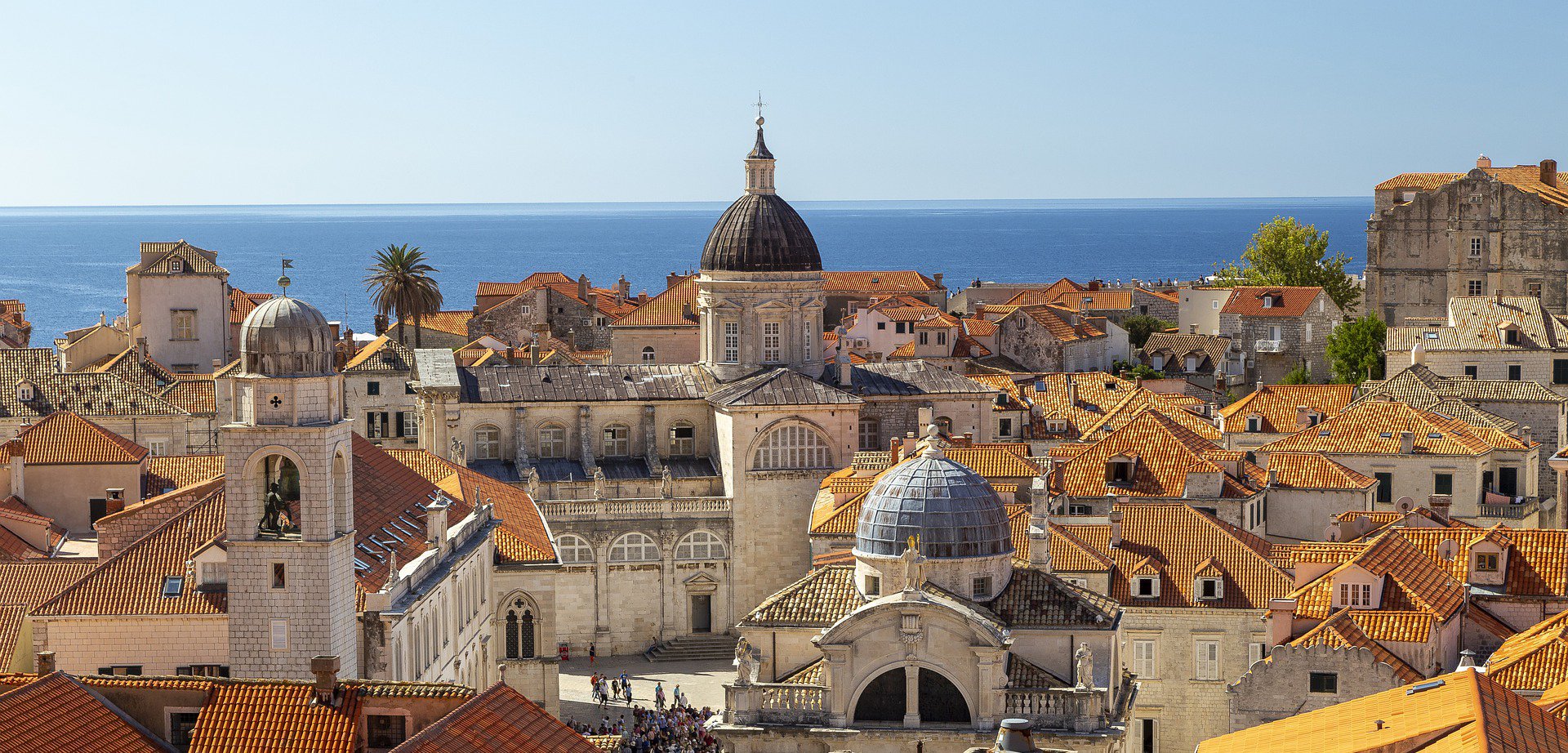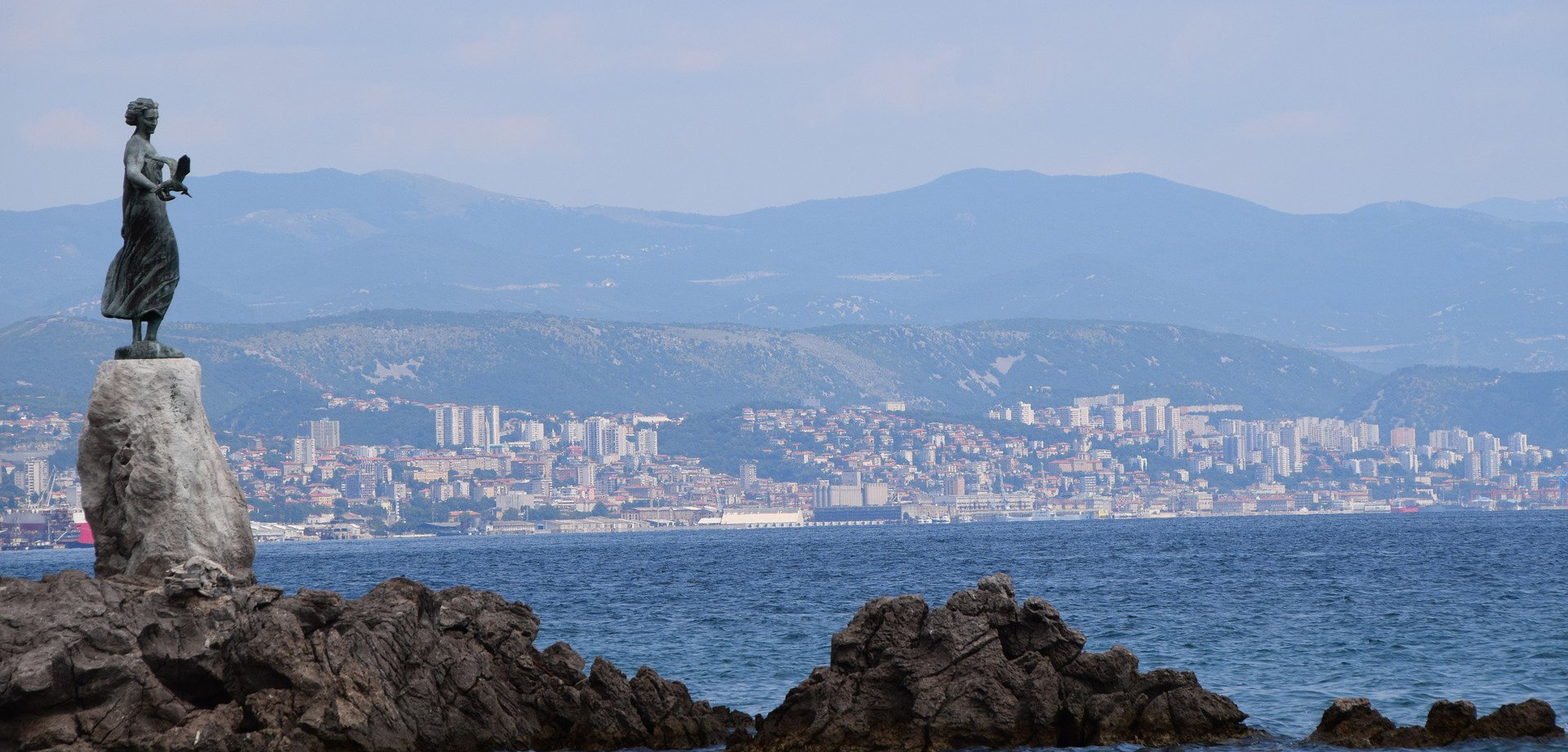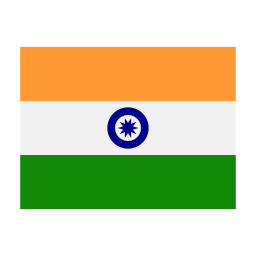Croatia Experiences

Zagreb
Zagreb is the capital of Croatia and its largest city. The name Zagreb is first mentioned in 1134 but the settlement goes back to Roman times. Through the centuries, powers such as the Venetian Republic, the Austrian Empire under the Hapsburg and more recently Yugoslavia ruled. A Historic Upper Town is of interest, where among other sites a visit of St. Mark’s Church, the Cathedral, the Government Palace and the LotrSCak tower are recommended.

Plitvice Lakes National Park
A natural wonder, Plitvice Lakes National Park consists of 16 lakes, which are connected by a series of waterfalls. The National Park was also where Karl May films were made. Take a walk through the park, enjoy a boat ride on the emerald green Kozjak Lake and ride the street train back to the entrance. Comfortable walking shoes are essential here.

Split
Split, a monumental city under UNESCO protection on the Adriatic Sea. The city was founded as a Greek settlement, later became part of the Roman empire and the retirement home of the Emperor Diocletian. Remnants of his palace of the early 4th century still make up part of the old town. Walking through this area is a strange and wonderful experience. The city was part of Venice, later the Habsburg Empire ruled, and most recently Yugoslavia. Split is Croatia’s second largest city and a port for the cruises along the Adriatic coast.

Korcula
The island of Korcula lies close to the Croatian mainland. It is most famous as the birthplace of Marco Polo. Greeks founded a colony here and the island experienced rule by Rome, Genoa, Hungary, Venice and the Austrian Habsburg Empire. On this island you can find more legends, tales, and monuments than anywhere else. Listen to the story of the stone walls, which were built over two centuries ago.

Dubrovnik
Dubrovnik, a UNESCO World Heritage site, wealthy maritime trading city, ruled and protected by the Byzantine empire, Venice, Napoleon, the Austrian Hapsburgs who all left their cultural marks. Take a walk through STRADUN – both a street and a square, a promenade inside the city walls. And we recommend a walk on top of the 1,940 m long city walls.

Hvar
Hvar is the longest island along the Adriatic coast. Settled by Greeks in the 4th century BC, it also experienced rules by the Republic of Venice and after Napoleon by Austria. See the Renaissance cathedral with its original tower as well as the oldest community theatre in Europe founded here in 1612. Hvar offers abundant entertainment, excellent restaurants and bars and cafes that are open long into the night.

Opatija
The famous Opatija Riviera is often compared to the French Riviera. Royal families, celebrities and musicians have all stayed in Opatija, formerly Sankt Jacobi under the Austrians. Walk the famous Franz Joseph promenade – Lungomare to the fishermen’s village of Volosko, home to some of the best seafood restaurants in Croatia or enjoy Kraš Choco bar to try exclusive chocolate cocktails, cakes or ice-cream. There is a real café-society here.




